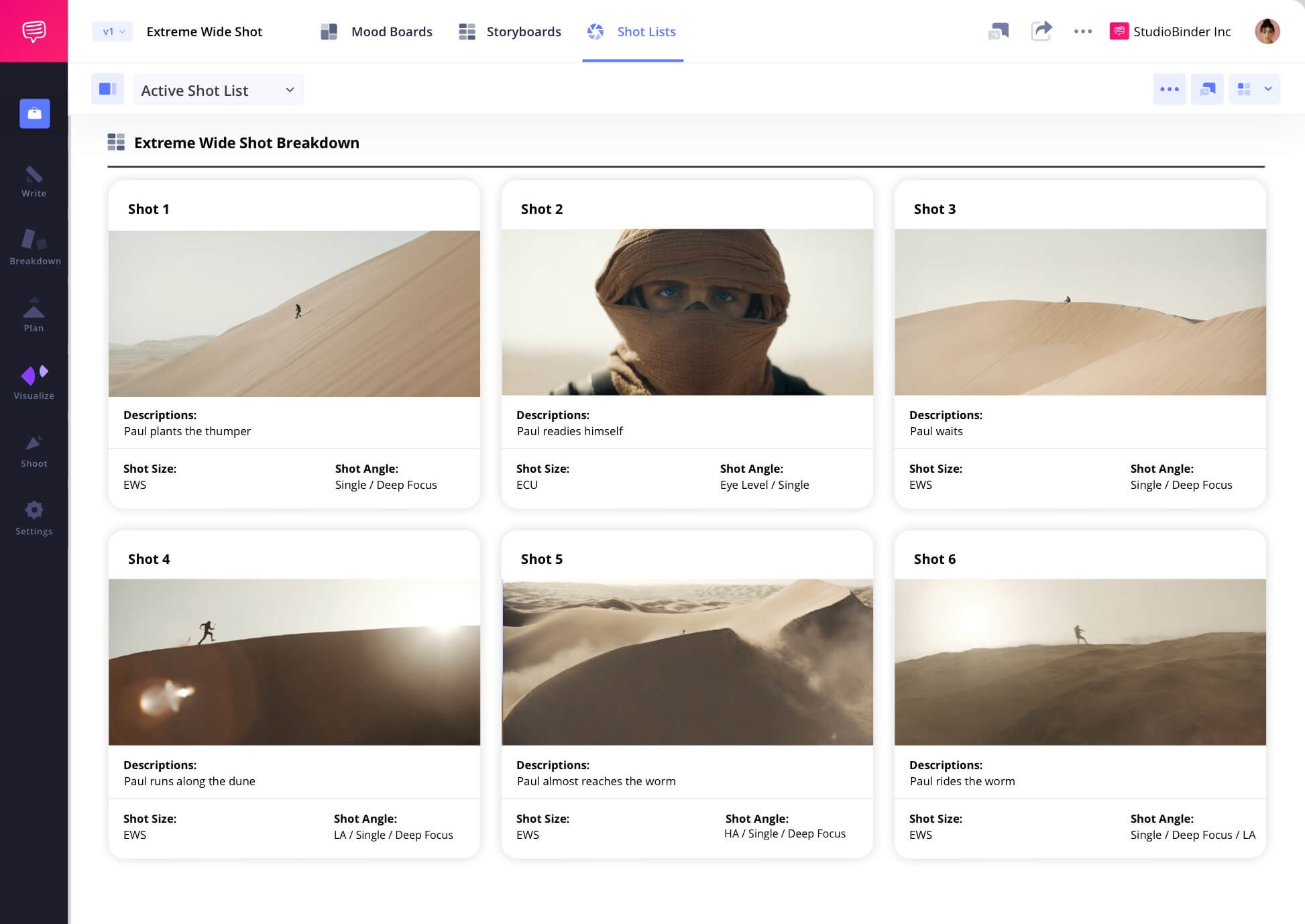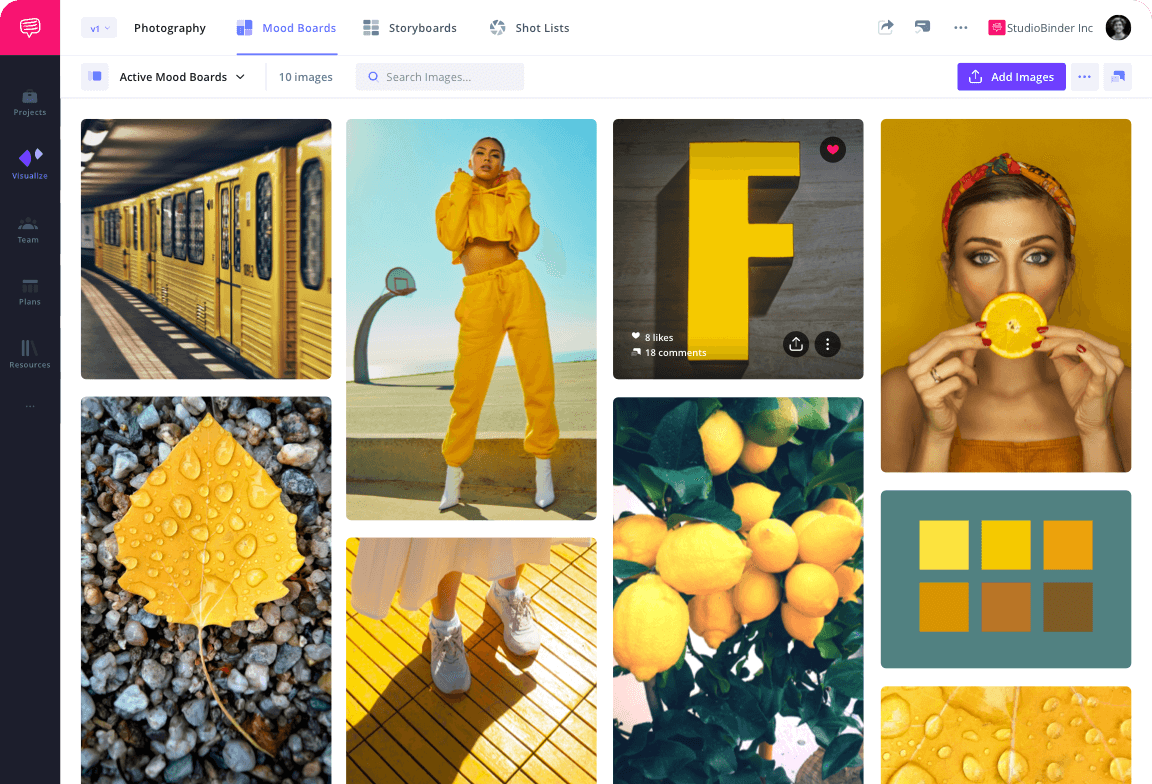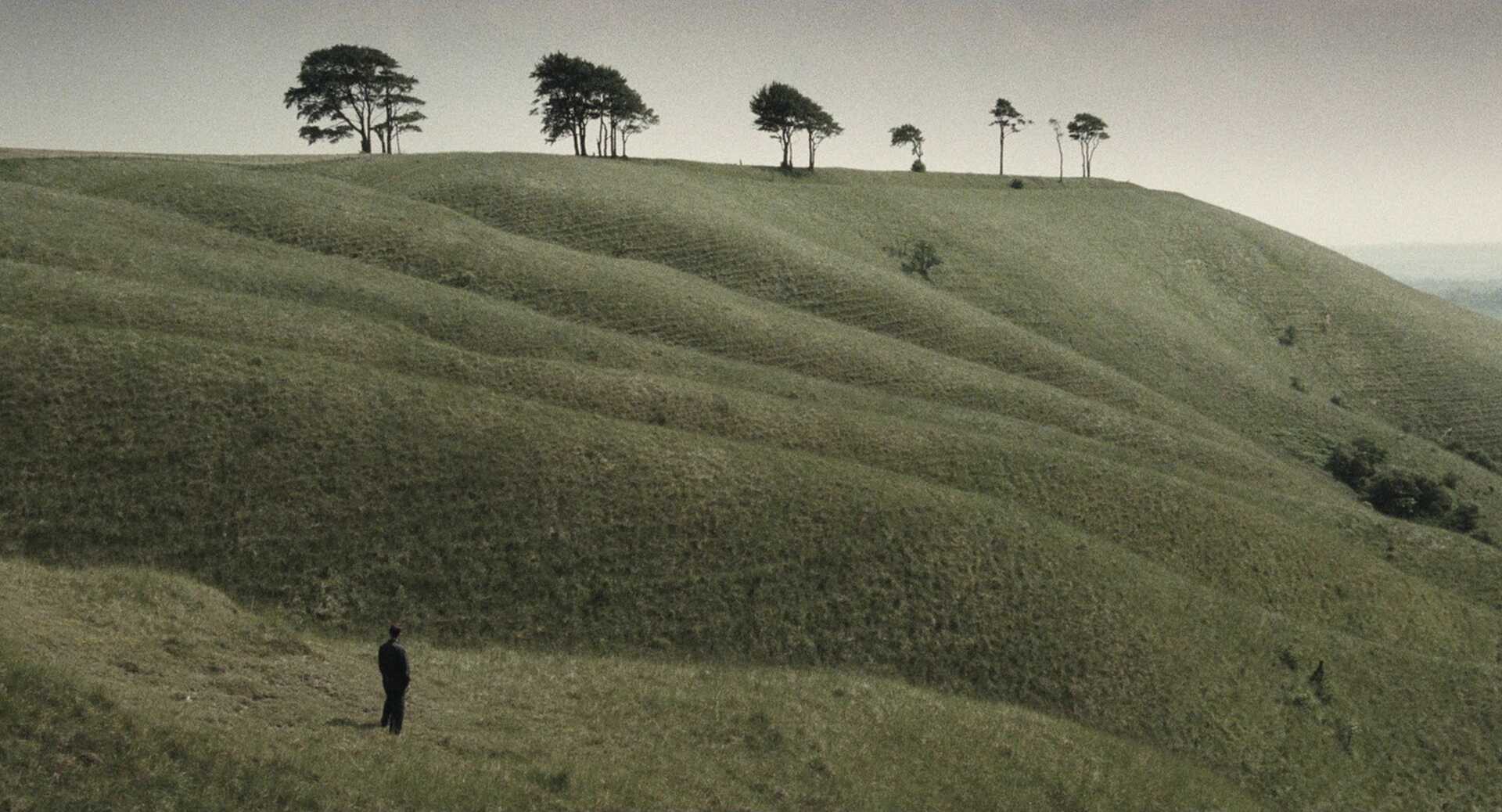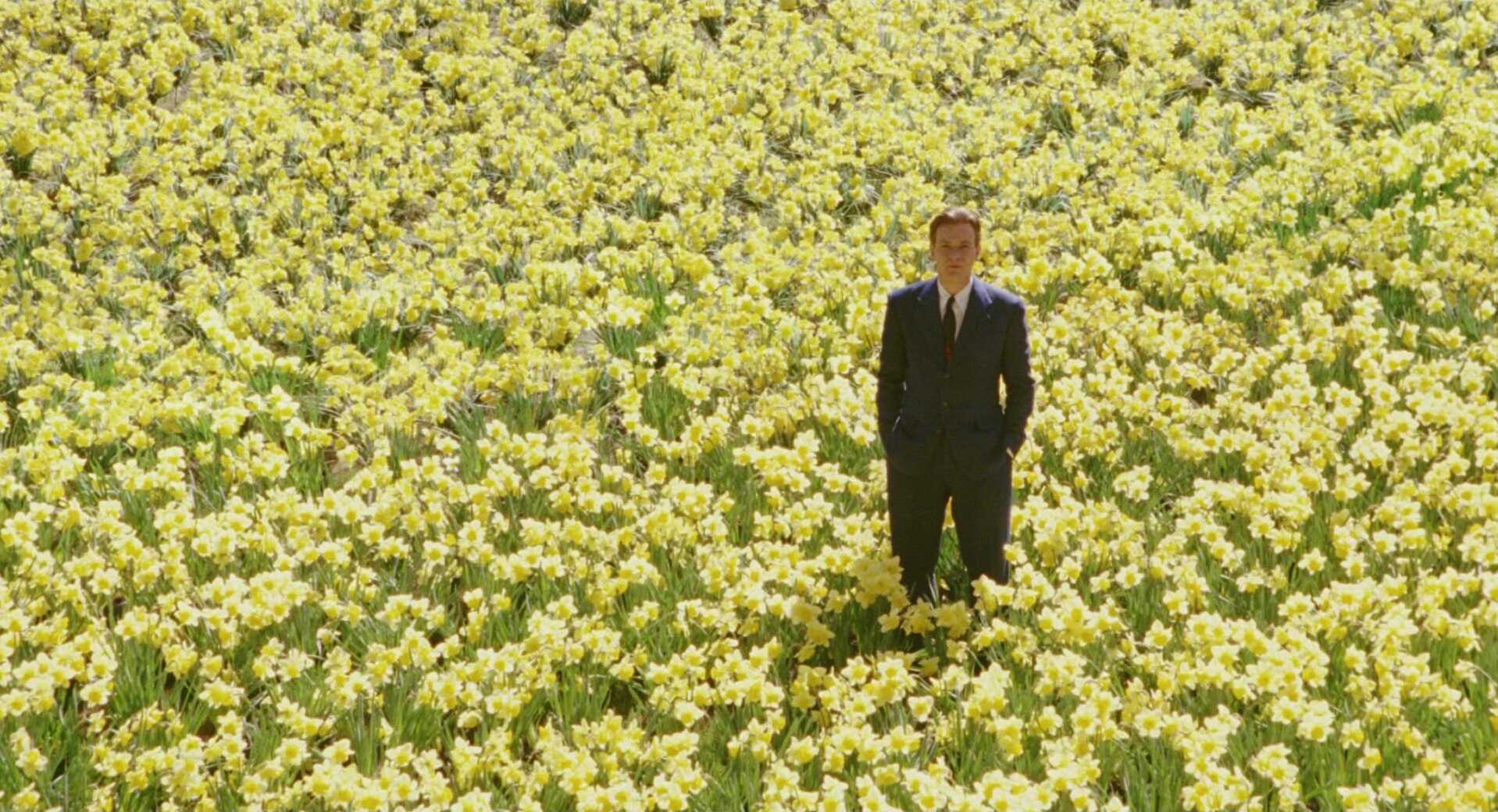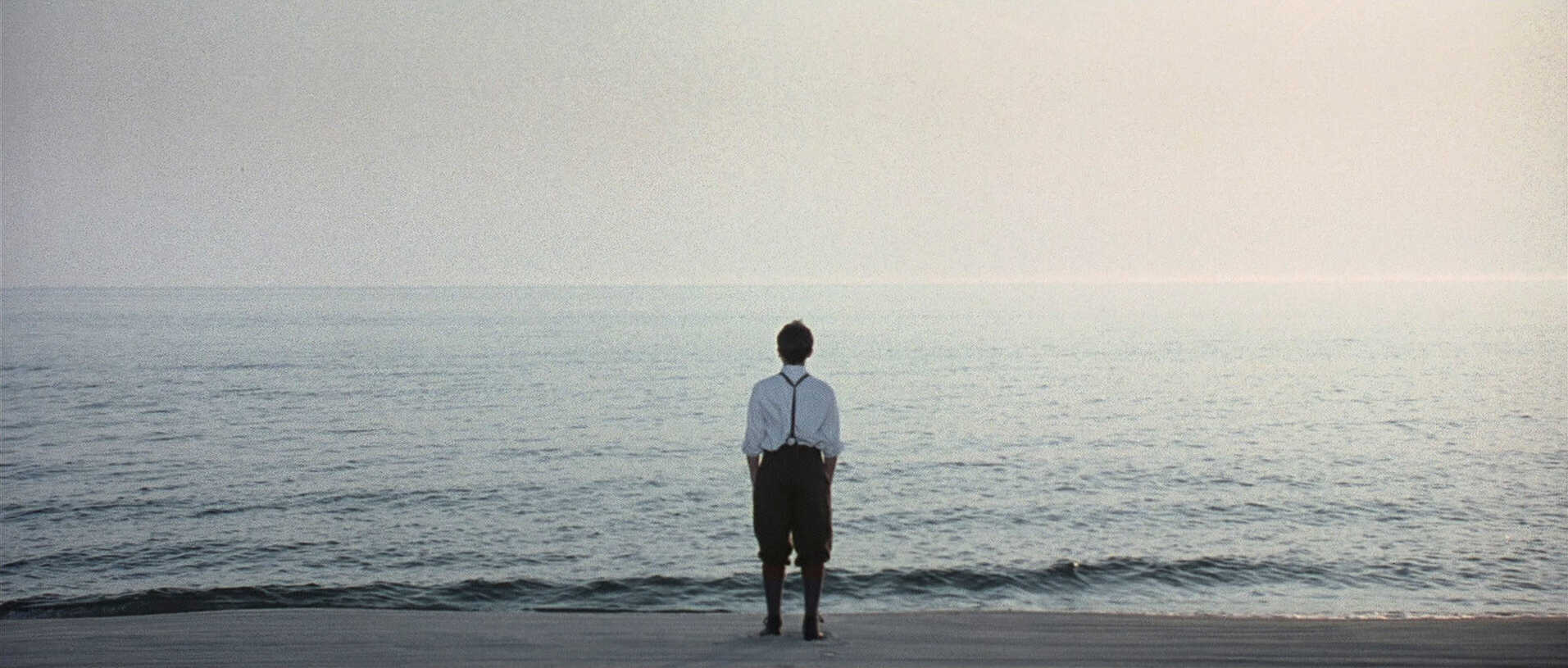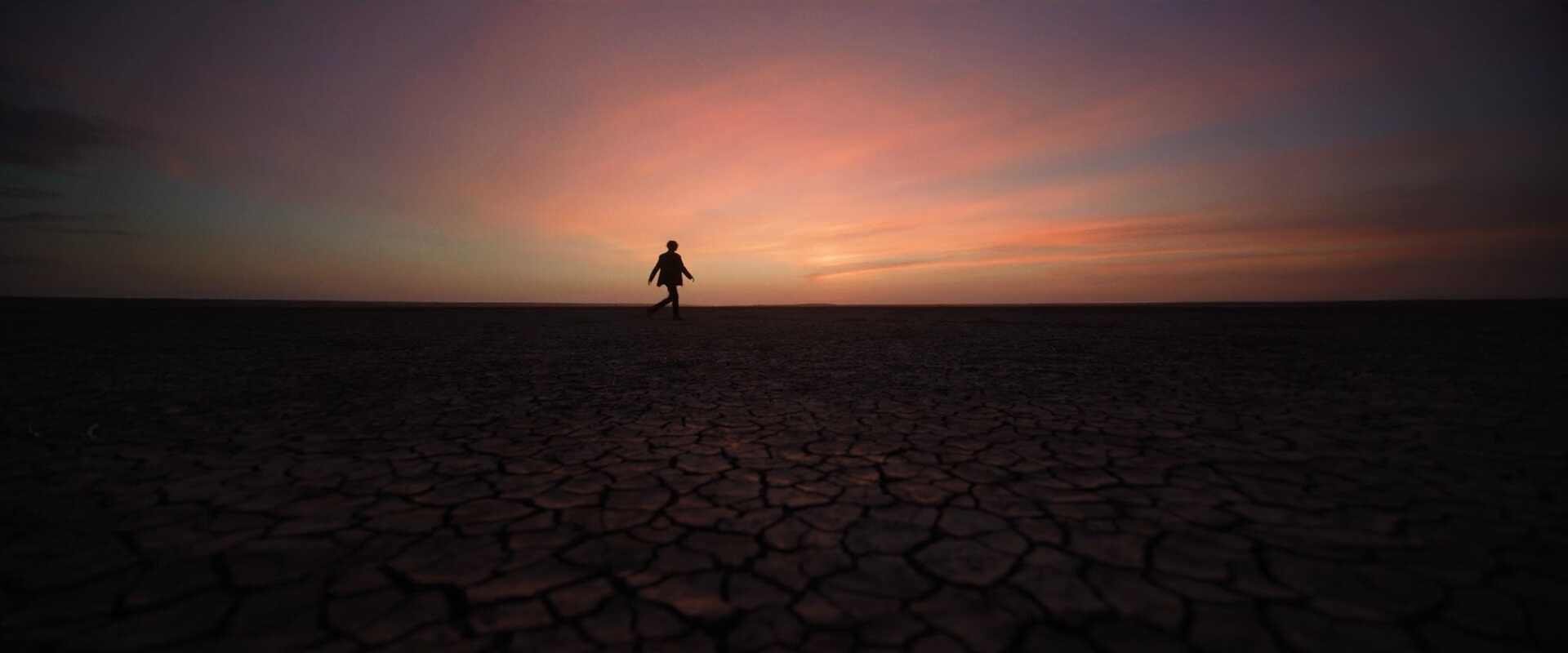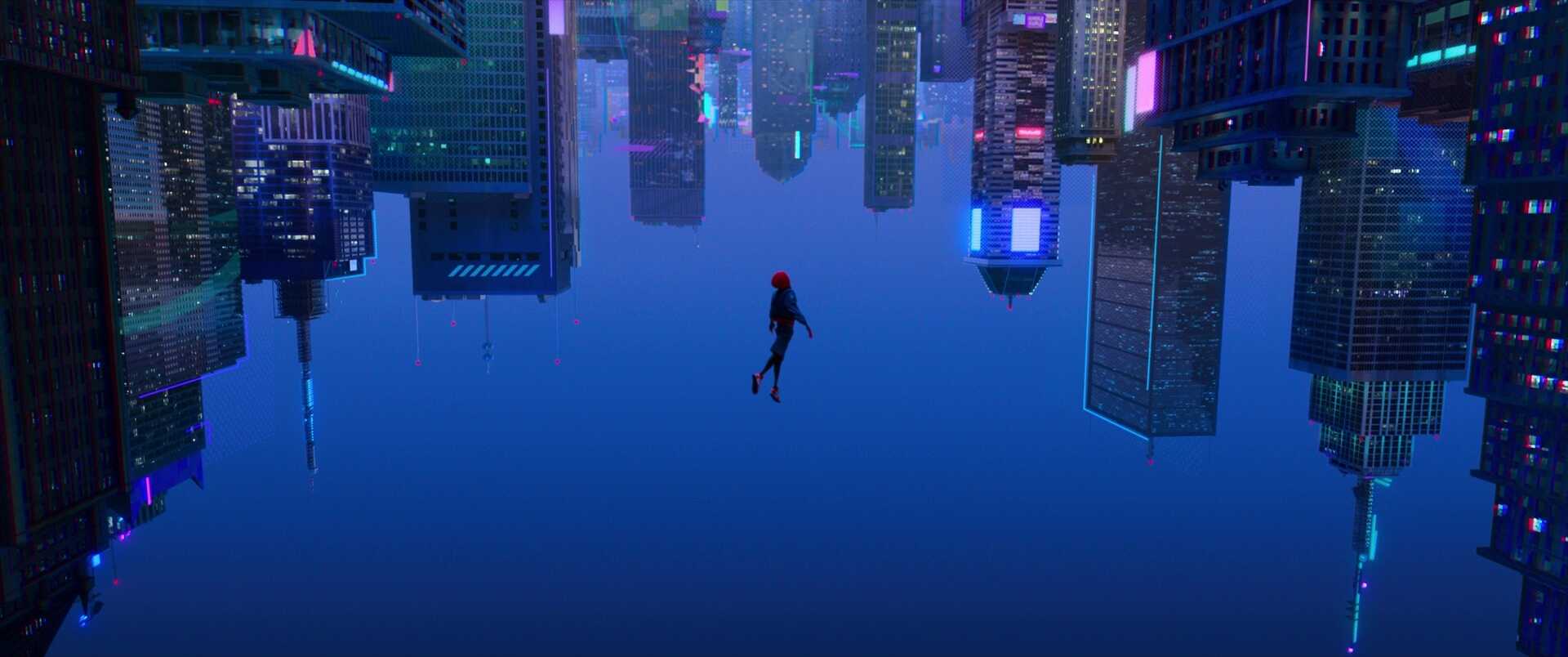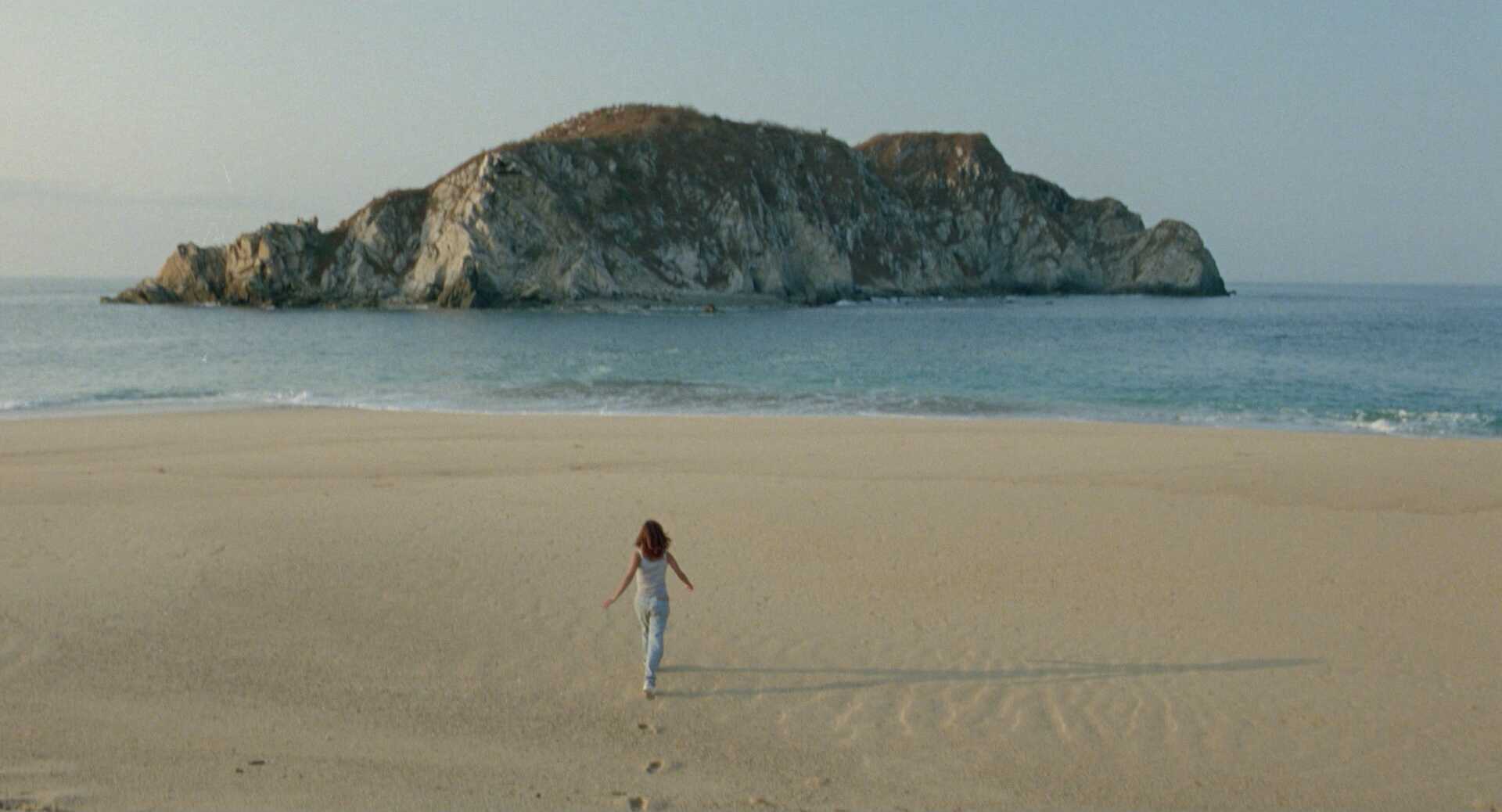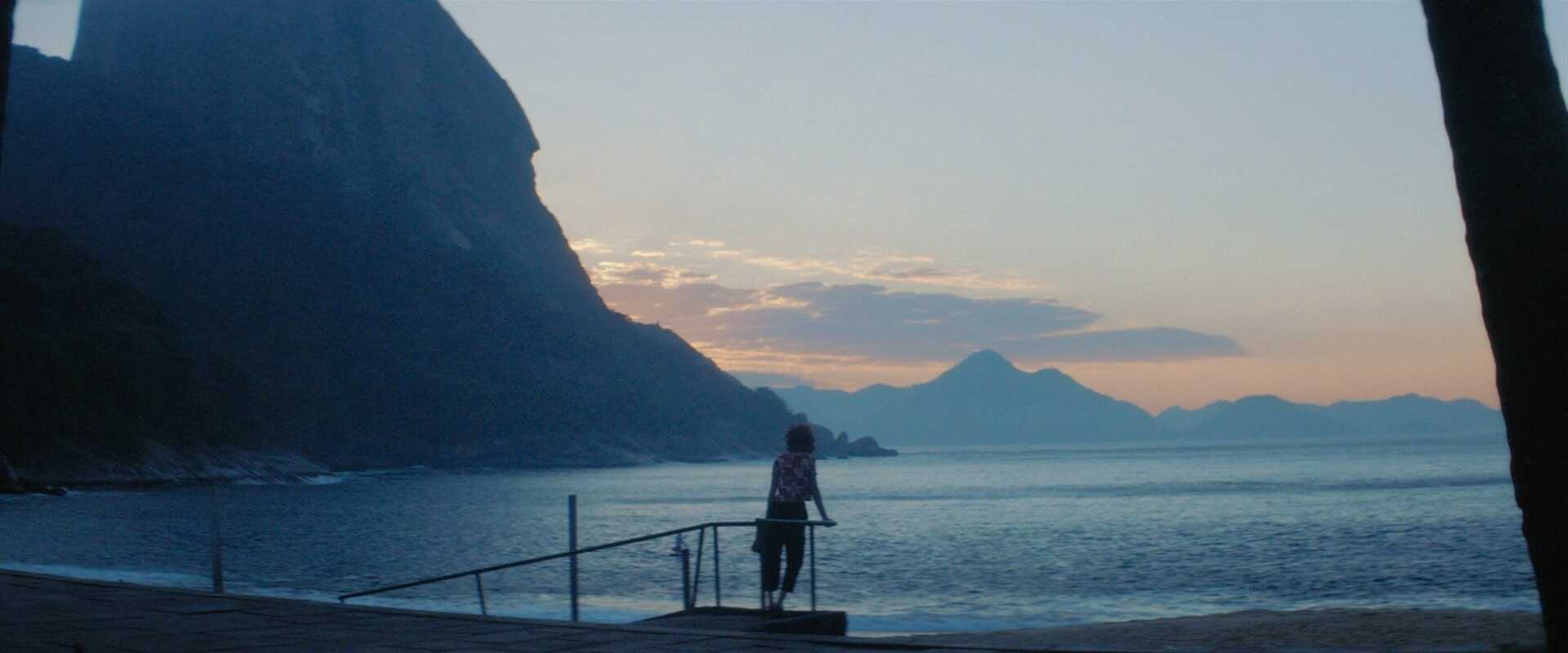Extreme Wide Shot Definition
What is an extreme long shot?
An extreme long shot (or also commonly called an extreme wide shot) frames the subject as a very small portion of the frame, engulfed on all sides by the environment they're in. Extreme long shots and extreme wide shots give a sense of scale, usually to emphasize how small a character is compared to their surroundings.
For more, read our full breakdown of the extreme wide shot, including examples that illustrate the various functions.
Meanings & Purpose
Extreme long shot examples
Before we dive in the extreme long shot and everything it can do, let's start with some examples to familiarize ourselves with this type of camera shot. Open this visual gallery of extreme long and wide shots to see the variety and their functions firsthand.
Highlight spectacular environments
Create a romantic landscape
Emphasize the smallness of a character
Give a sense of distance and space
Usages
What does a extreme long shot convey?
The extreme wide shot is a multifaceted tool for any visual project, including but not limited to film, photography, music videos, documentaries, commercials, and more. There is a general built-in language being used any time we see an extreme long shot. Overall, the ELS or EWS places the subject in a vast environment and we are encouraged to consider their place within it. Here are just some extreme long shot examples and the effects that they create.
Suggest scale
Whether the central conflict is "man v. nature" or "man v. institution," the extreme long shot visually establishes the indomitable obstacle in their way.
Reinforce theme
Similarly, giving size to a set or location can help reinforce the themes at play, like excessive consumerism or opulent
Highlight the location
Not every shot needs to favor the character. Sometimes, the location is just as important and the extreme wide shot is the best way communicate that.
Moments of reflection
Pacing is a key part of storytelling and these extreme wide shots give both the audience and the story a chance to breath, reset, and prepare to move on.
Qualities
Long shot vs extreme long shot
Both of these shot sizes focus on the relationship between character and their surroundings. The only difference is the ratio between the space each one takes in a frame. A regular long shot captures the character's full body but they are much closer to the camera than they would be in an extreme long shot. In those cases, the character is tiny, almost to the point of unrecognizable.
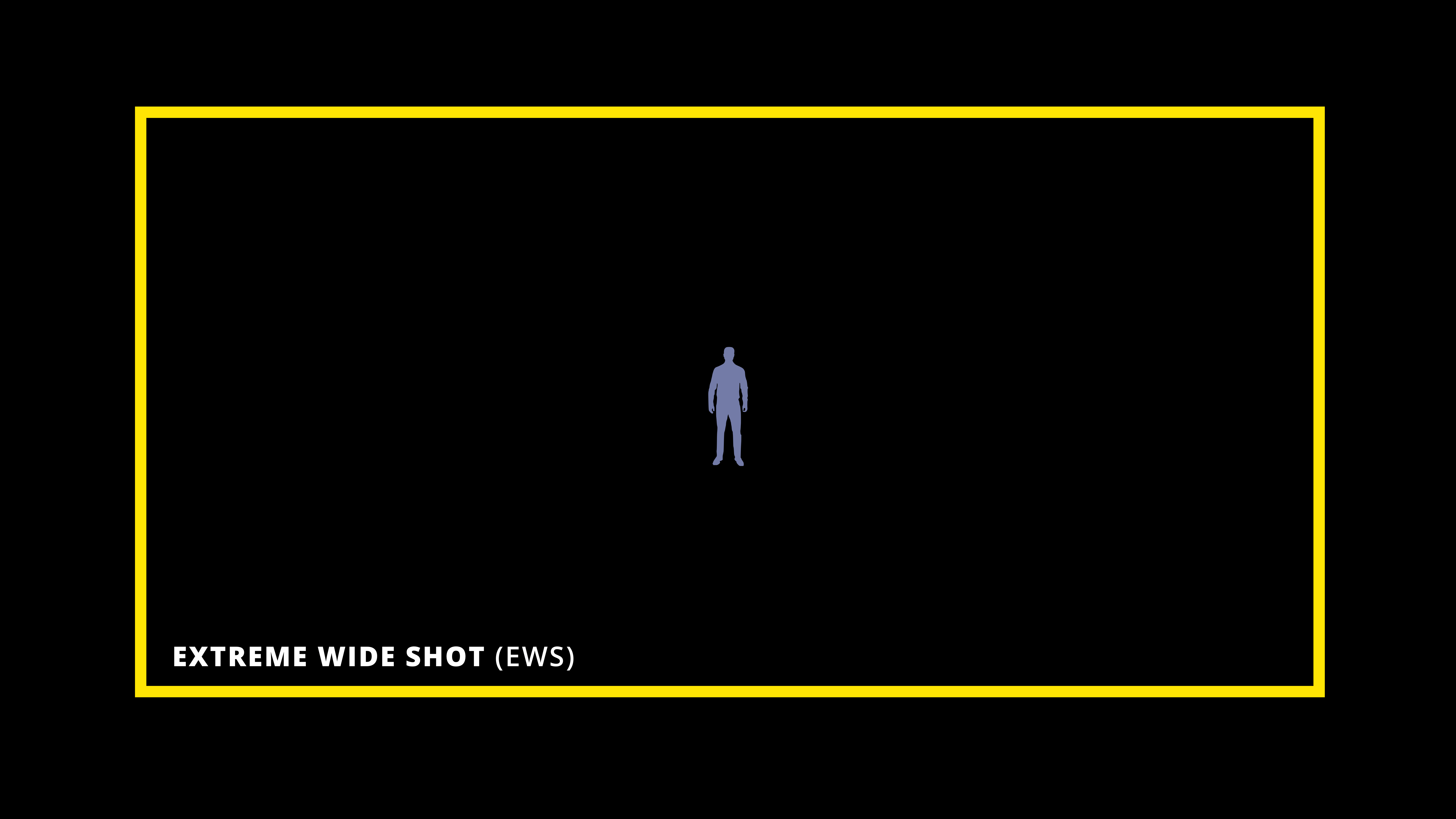
Case Study
Shot listing a extreme long shot
To get a more filmmaker's understanding of how to use an extreme long shot, let's look at a specific example. This is the scene in Dune Part Two when Paul passes a crucial test — riding a sandworm.
Click the shot list below, to see the full scene broken down, and consider what these extreme wide shots add to the scene and Paul's successful test.
As we've seen, there are many ways to employ an extreme long shot. Like the other shot sizes, this one can have a massive impact on the story and the audience.
Let's dive into the creative applications of an extreme long shot when paired with other directing choices.
Unique Pairings
What happens to an extreme long shot when paired with another camera technique?
How to combine the extreme long shot
As you know, there are many camera techniques, each with their own unique properties and effects. In isolation, they work just fine. But in combination, these camera techniques can take on more nuanced and effective qualities. Let's see what happens when you combine the extreme wide shot with the following camera techniques.
- Push: If the shot is of a stunning vista or an imposing city, the push helps bring us into the environment.
- Crane: As the camera moves upward, the extreme wide shot first reveals and then increases the expanse.
- Zoom Out: Similarly, a slow zoom out is all about revealing the environment and what it might mean for the character or story.
- High Angle: The ultimate bird's-eye-view makes the subject literally and figuratively small.
- Tilt Shift: The unique qualities of the tilt shift lens completely transforms the landscape for a surreal and dramatic effect.
- Drone: What better way to reveal, explore, and measure the amount of space involved than with a smooth drone shot.
Frequently asked questions about the extreme long shot
An extreme long shot dedicates massive amounts of the frame to the environment while the subject is tiny and engulfed by it. This shot size is also often referred to as an extreme wide shot.
The most common ways to use an extreme long shot are as follows:
- To exhibit the vast environment or establish the scene
- To suggest a relationship between the character and the environment, often diminishing the character and their power.
- To help slow the pacing of the scene, often as a first or last shot, like a visual palette cleanser.
When working with a shot list or storyboard, abbreviations are often used for certain elements like shot size or camera movement. For an extreme long shot, the abbreviation is "ELS" and for an extreme wide shot it is "EWS."
There are a couple of considerations to make before shooting an extreme long shot.
- Height — the camera can either be placed on the ground or at an elevated position depending on the angle you're looking for.
- Wide Lens — the wider the lens, the wider field of view.
- Aperture — to keep everything in focus, your aperture should be closed as much as possible.

